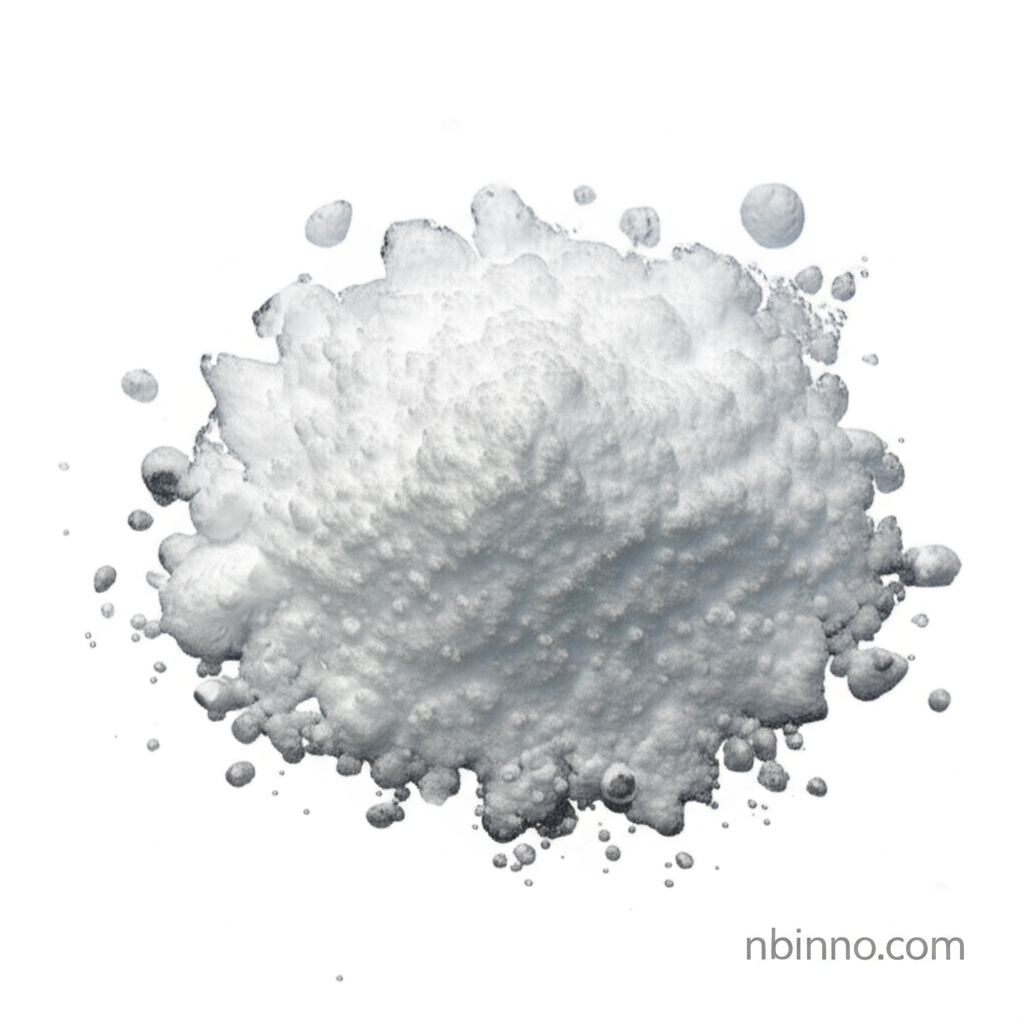High-Purity 5-Bromo-4-((2-ethylhexyl)oxy)thiophene-2-carbaldehyde: Your Key to Advanced Organic Electronics
Unlock the potential of next-generation organic electronic devices with our premium chemical intermediate.
Get a Quote & SampleProduct Core Value

5-bromo-4-((2-ethylhexyl)oxy)thiophene-2-carbaldehyde
This compound is a vital building block for developing ultra-narrow band-gap non-fullerene acceptors, essential for creating high-efficiency polymer solar cells. Its structure is key to advancing OLED and OPV materials.
- Discover the synthesis of ultra-narrow band-gap non-fullerene acceptors (NFAs) using this critical organic electronics building block.
- Explore the application of this intermediate in creating high-efficiency polymer solar cells, leveraging its unique thiophene structure.
- Understand the role of 5-bromo-4-((2-ethylhexyl)oxy)thiophene-2-carbaldehyde CAS 2055812-54-7 in advancing OLED and OPV materials.
- Benefit from a high purity (97% Min.) product, ensuring reliable results in your organic synthesis projects.
Key Advantages Offered
Enhanced Device Performance
Utilize this intermediate to synthesize advanced materials that boost the efficiency and performance of organic photovoltaic devices.
Purity and Reliability
With a guaranteed purity of 97% minimum, this chemical ensures consistent and reproducible outcomes in your complex organic synthesis procedures.
Versatile Building Block
Leverage its unique structural features as a versatile building block for a wide array of applications in organic electronics and fine chemicals.
Key Applications
Organic Photovoltaics (OPV)
Essential for the synthesis of non-fullerene acceptors, driving innovation in high-efficiency polymer solar cells and contributing to advancements in renewable energy technologies.
Organic Light-Emitting Diodes (OLED)
Serves as a valuable intermediate in the creation of materials for OLED displays and lighting, enabling brighter, more efficient, and flexible electronic devices.
Fine Chemical Synthesis
A fundamental component in the broader field of fine chemical synthesis, providing researchers and manufacturers with a key material for creating complex organic molecules.
Electronic Material Research
Crucial for research and development in new electronic materials, pushing the boundaries of material science for next-generation electronic applications.
